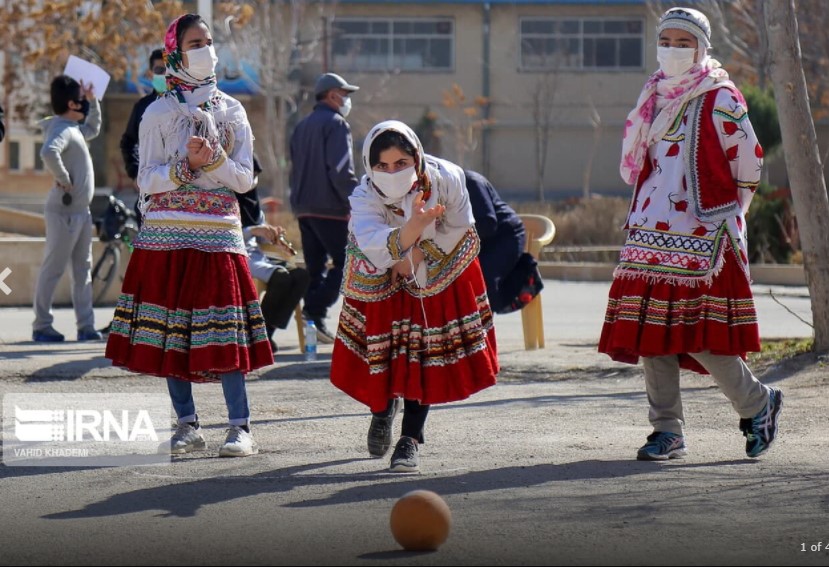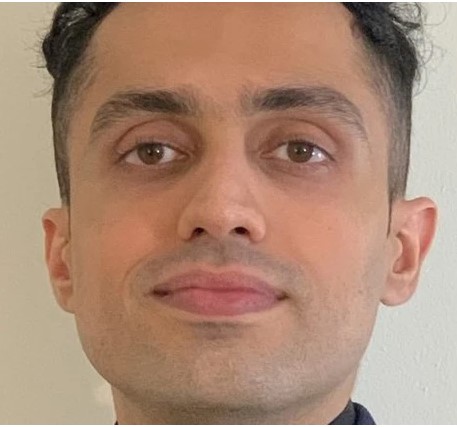February 26, 2021

Inconsistencies in Iran’s explanation of the shooting down of a Ukrainian passenger plane last year raise questions over whether the shooting was intentional, an independent UN investigator says, although she acknowledges she has found no concrete evidence that it was.
After a delay of three days, the Pasdaran said they shot down the Ukraine International Airlines plane January 8, 2020, in error, mistaking it for a missile at a time when tensions with Washington were high over the US assassination five days earlier of Maj. Gen. Qassem Soleymani.
Agnes Callamard, the UN special rapporteur on extrajudicial, summary or arbitrary executions, told reporters she had found no concrete evidence that the targeting of the plane was premeditated and intentional.
But she said “inconsistencies in the official explanation and the reckless nature of the mistakes have led many, including myself, to question whether the downing of flight PS752 was intentional.”
Callamard said Tehran’s explanation contained a number of contradictions, including on the timing of the window to fire and on communications. It has provided no information on why flights that took off earlier that night were not targeted, she said.
Callamard said the question of whether the plane was shot down intentionally needed to be further investigated.
“They have not proven beyond any reasonable doubt that the plane was not intentionally targeted,” she said.
The Iranian authorities failed to investigate the strike in line with international standards, Callamard said, citing that Iran’s government denied the flight had been shot down for three days and that it appears evidence was destroyed.
Callamard said she sent the Iranian government a letter in December detailing her investigation and requesting answers about the strike, but has yet to receive a response.
Callamard also questioned why Iran had not closed its airspace to civilian traffic that night when it said it was on high alert for an American response to Iran’s firing of missiles earlier that night at US bases in Iraq.
Callamard described a number of inconsistencies she said raise questions about the official account:
- The Iranian investigation said a military commander launched both missiles at the plane without proper authorization. Callamard wrote that the investigation failed to explain why military personnel commanding anti-aircraft missiles wouldn’t be informed that the plane was set to take off.
- Iran alleged an error in the alignment of the mobile missile unit contributed to the mistaken targeting of the plane. Callamard said Iran hasn’t properly explained how the radar miscali-bration occurred, how it led to the targeting of the aircraft, and why it wasn’t detected. (Iran has said the missile launcher was re-located, but wasn’t recalibrated for the new location.)
- Callamard said Iran’s investigation didn’t explain why standard procedures for evaluating a potential target weren’t followed by military personnel such as monitoring altitude, climb, descent rate or airspeed to eval-uate the target’s size, or checking the target visually.
- Callamard said Iran hasn’t properly explained why other planes took off without incident that night.
- The Pasdar Aerospace Force Commander has said the military unit had only 10 seconds to decide whether to fire. Calla-mard said her investigation showed the unit had at least 45 seconds to evaluate the target.
In Tehran, the Foreign Ministry denounced Callamard and said the information she used was “manipulated, error-ridden, biased and irrelevent.” But the information she used was the information Iran had provided. The Foreign Ministry seemed to have second thoughts and pledged to provide “detailed responses” to Callamard’s points.




















